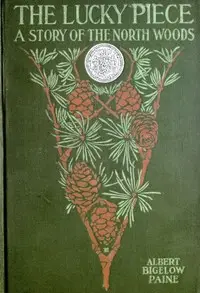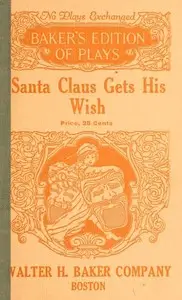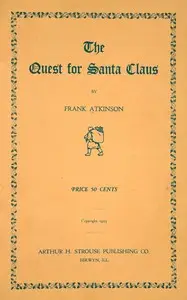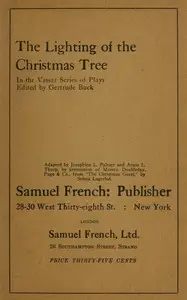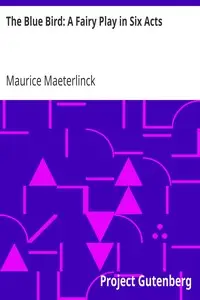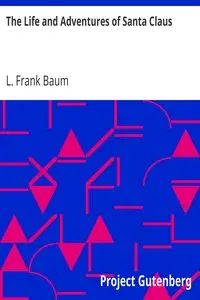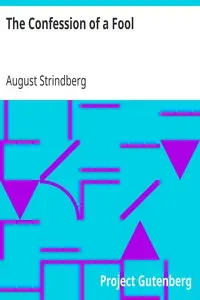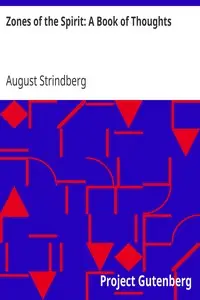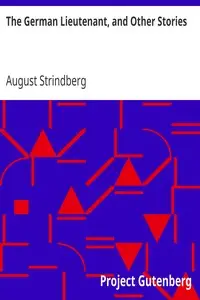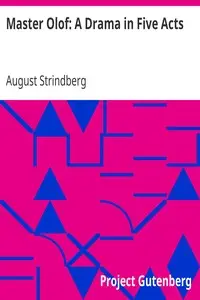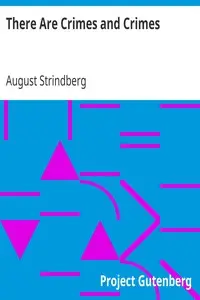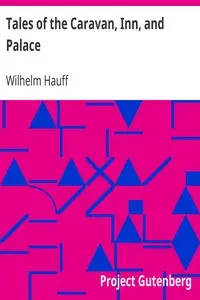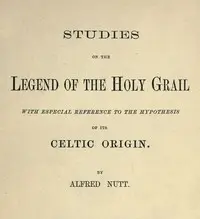"Lucky Pehr" by August Strindberg is a late 19th century dramatic play centered on Pehr, a young man yearning for adventure beyond his isolated existence. Pehr's journey explores themes of wish fulfillment and the pursuit of happiness, contrasting his sheltered life with the complexities of the broader world. The play begins in a church tower on Christmas Eve, filled with supernatural occurrences, offering a magical contrast to the old man's preparations. A fairy and elf give Pehr gifts of wish fulfillment and companionship, driving him to leave his home for an adventure-filled life, sparking his desire for experience. The story sets up his journey as having both excitement and potential pitfalls, as he heads into a world that challenges the innocence of his sheltered beginning.
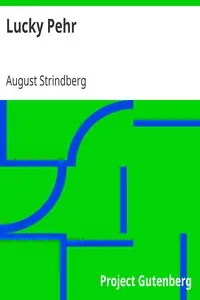
Lucky Pehr
By August Strindberg
Enticed by magical gifts, a sheltered youth leaves home, ready to discover if fulfilling dreams brings true happiness or unexpected sorrows.
Summary
About the AuthorJohan August Strindberg was a Swedish playwright, novelist, poet, essayist, and painter. A prolific writer who often drew directly on his personal experience, Strindberg wrote more than 60 plays and more than 30 works of fiction, autobiography, history, cultural analysis, and politics during his career, which spanned four decades. A bold experimenter and iconoclast throughout his life, he explored a wide range of dramatic methods and purposes, from naturalistic tragedy, monodrama, and historical plays to his anticipations of expressionist and surrealist dramatic techniques. From his earliest work, Strindberg developed innovative forms of dramatic action, language, and visual composition. He is considered the "father" of modern Swedish literature and his The Red Room (1879) has frequently been described as the first modern Swedish novel. In Sweden, Strindberg is known as an essayist, painter, poet, and especially novelist and playwright, but in other countries he is known mostly as a playwright.
Johan August Strindberg was a Swedish playwright, novelist, poet, essayist, and painter. A prolific writer who often drew directly on his personal experience, Strindberg wrote more than 60 plays and more than 30 works of fiction, autobiography, history, cultural analysis, and politics during his career, which spanned four decades. A bold experimenter and iconoclast throughout his life, he explored a wide range of dramatic methods and purposes, from naturalistic tragedy, monodrama, and historical plays to his anticipations of expressionist and surrealist dramatic techniques. From his earliest work, Strindberg developed innovative forms of dramatic action, language, and visual composition. He is considered the "father" of modern Swedish literature and his The Red Room (1879) has frequently been described as the first modern Swedish novel. In Sweden, Strindberg is known as an essayist, painter, poet, and especially novelist and playwright, but in other countries he is known mostly as a playwright.

